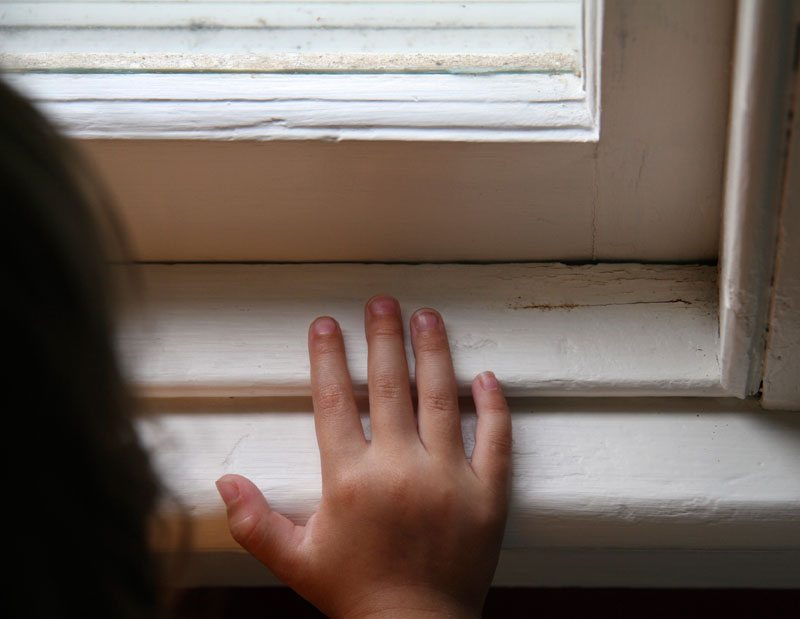The U.S. EPA has fined G.D. Friend Inc., operating as Everlast Home Energy Solutions, $28,564 for failing to comply with the federal Renovation, Repair and Painting (RRP) Rule while performing renovation work at two residential properties in Southern California.
G.D. Friend, located in Anaheim, Calif., installs energy-efficient home-improvement products such as windows and siding. An EPA inspection found that in February and March 2014, the company performed work at two pre-1978 residential properties in Anaheim and La Verne, but:
- failed to provide clients with required “Renovate Right” literature;
- did not receive proper certification from EPA;
- did not keep records indicating compliance with lead-safe work practices; and
- did not ensure a certified renovator performed all of its lead-based paint responsibilities.
The federal RRP rule, part of the Toxic Substances Control Act (TSCA), is intended to protect the public from lead-based paint hazards that occur during repair or remodeling activities in housing built before 1978.
“Renovation work in older homes can create hazardous lead dust, but there are simple steps contractors can take to keep everyone safe,” said Jared Blumenfeld, EPA’s Regional Administrator for the Pacific Southwest. “EPA will take enforcement action against companies to ensure they follow proper lead-safety procedures.”
The EPA said common renovation activities such as sanding, cutting and demolition can create hazardous lead dust and chips that can settle on home surfaces. Exposure to such contamination through hand-to-mouth contact or breathing can result in lead poisoning for children, families and construction workers.
Though it is harmful at any age, lead exposure is most dangerous to children, the agency says. Children’s growing bodies absorb more lead and their brain and nervous systems are more sensitive to the damaging effects of lead. Lead exposure can lead to behavior and learning problems, slowed growth, hearing problems, and diminished IQ.
Under the RRP rule, contractors who disturb painted surfaces in homes and child-occupied facilities built before 1978 must be trained and certified, provide educational materials to residents, and follow safe work practices. Lead-based paint was banned for residential use in 1978, but EPA estimates that it is still present in more than 37 million older homes in the United States.
More on lead-based paint hazards: EPA lead information.





